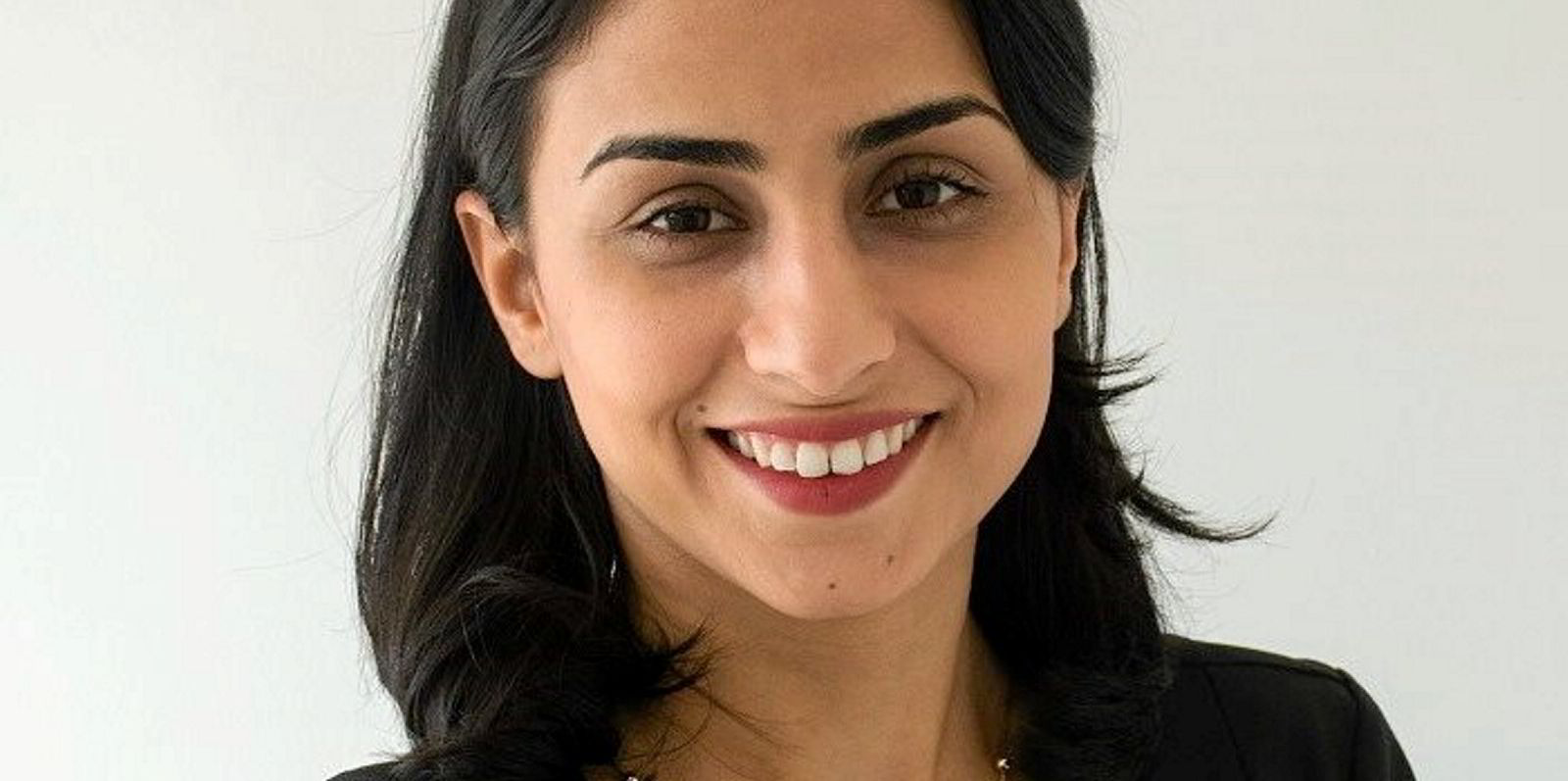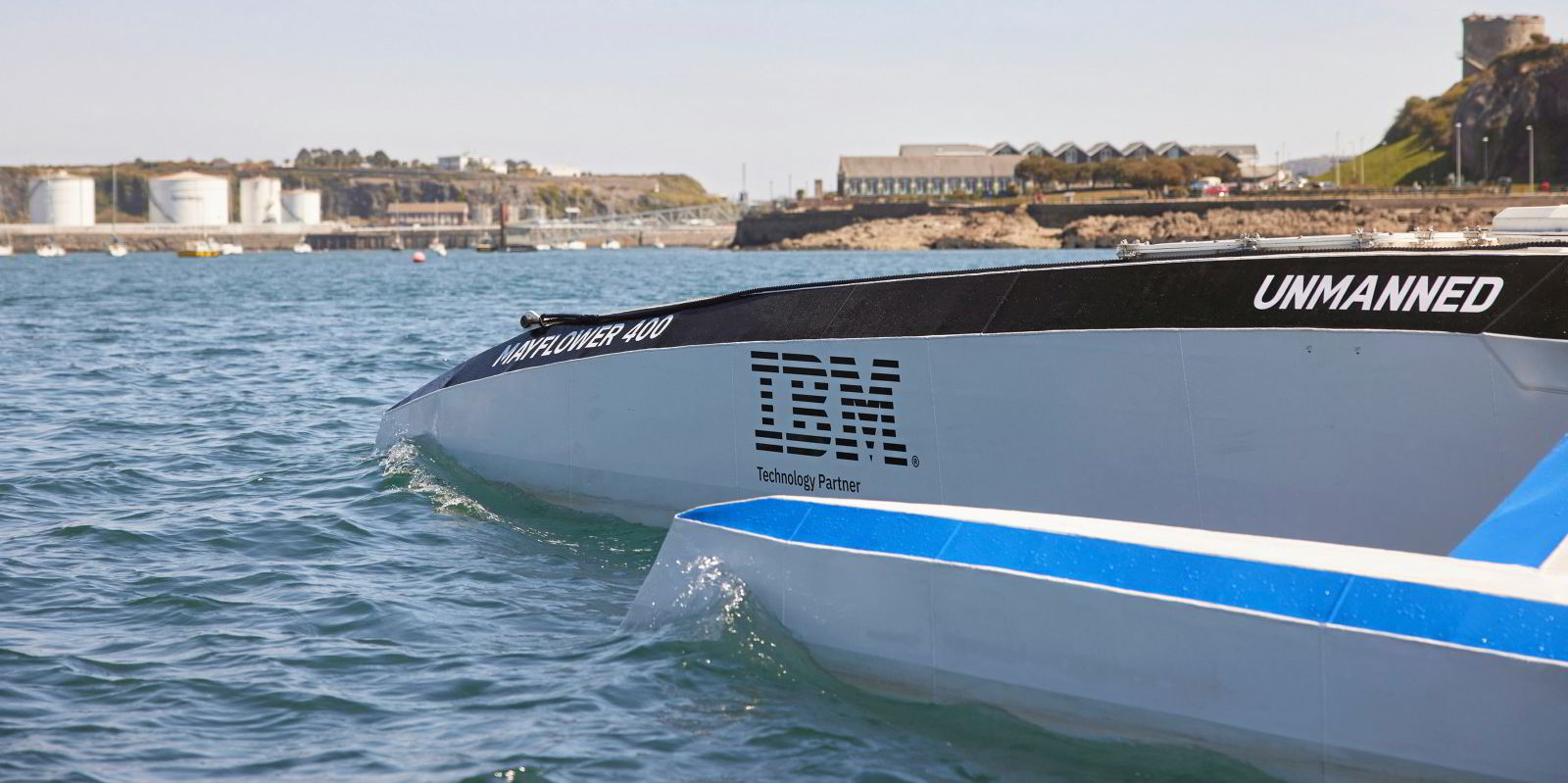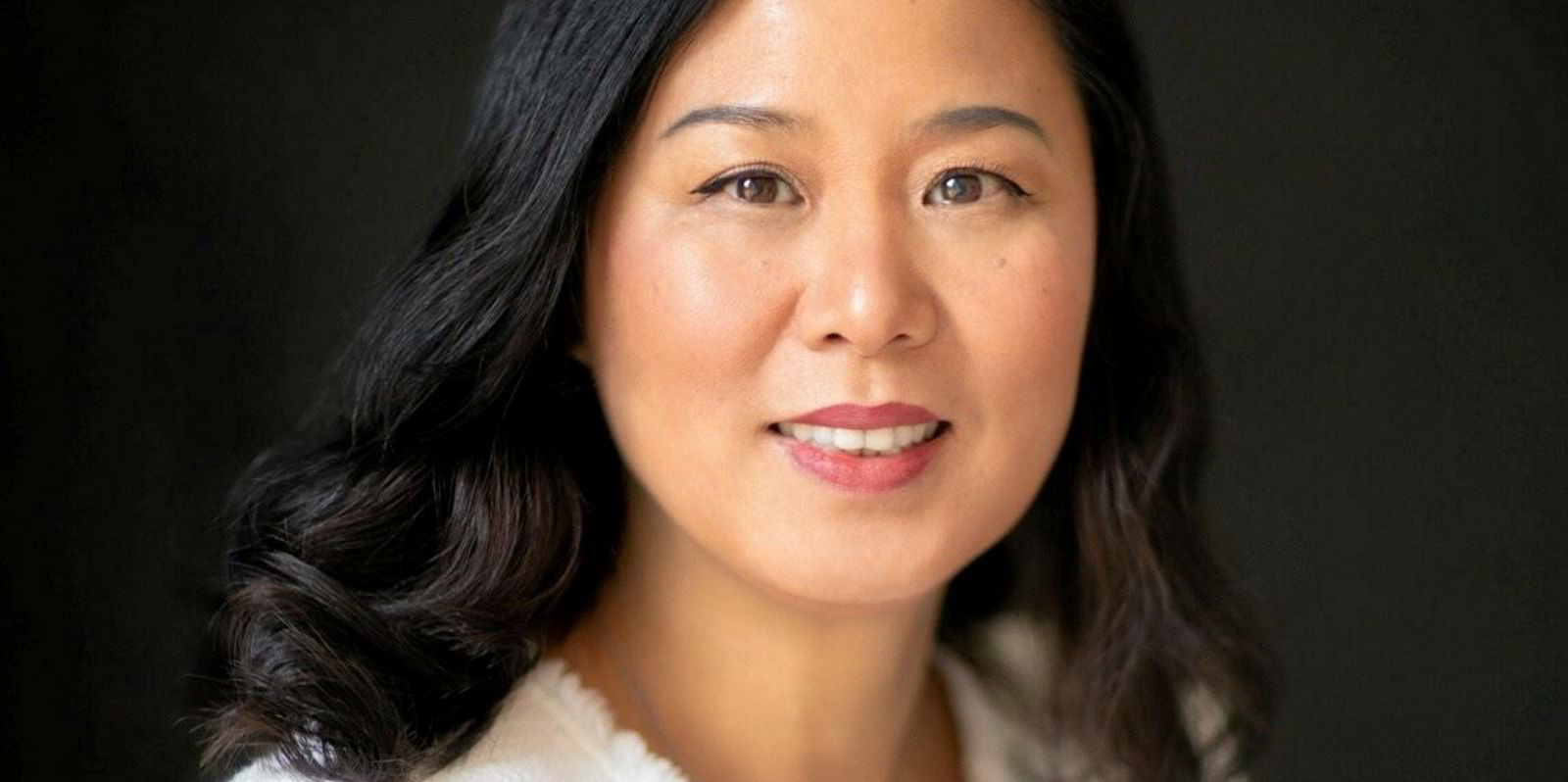Trade association Shipping Australia has added an expert in the human elements of autonomous shipping to its ranks.
Iranian-born Mehrangiz Shahbakhsh holds a bachelor of science in naval architect engineering from Chahbahar Maritime and Marine University and a master of science in marine transportation engineering from Amirkabir University of Technology in Tehran.
She is said to have experience in a “range of industrial maritime companies”, working on diverse matters such as ship reporting, safety reporting and analysis, carrying out audits and inspections of ships in accordance with the ISPS Code and the ISM Code, according to Shipping Australia.
Now an Australian citizen, Shahbakhsh is a PhD candidate with the Australian Maritime College at the University of Tasmania, where she is said to be carrying out research into the human elements of autonomous shipping, with a particular focus on seafarer training, needs and challenges.
“The world is rapidly going through a technological revolution and autonomous shipping is a new and progressive field,” said Shahbakhsh
“It has the potential to bring significant changes to the maritime industries. I saw an opportunity to study and understand, the implications of changes that will affect operators and seafarers in the maritime industries.
“I wanted to understand how, and to find practical solutions, to help ensure a smooth transition from traditional human-centred shipping to autonomous shipping,” she added.
Shahbakhsh will initially be developing a work programme related to her expertise and will shortly be kicking off a series of articles for the association’s members explaining the implications of the transition to autonomous shipping to the maritime public and how the process is unfolding, Shipping Australia said.
Shipping Australia chief executive Captain Melwyn Noronha commented: “It is great to have a person of Mehrangiz’s skill and expertise in the autonomous space as Shipping Australia continues to evolve to meet the ever-changing needs of the shipping industry and the needs of our members continuing to help and aid the industry as it moves away from its traditional structures and practices and as it reinvents itself to face the challenges and opportunities of the future.”





